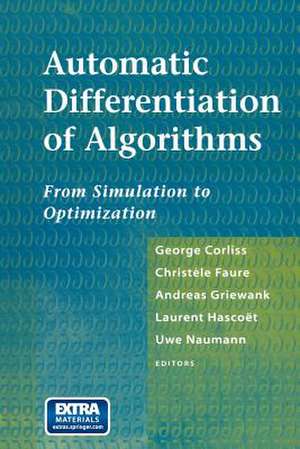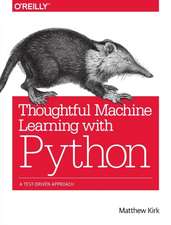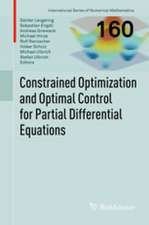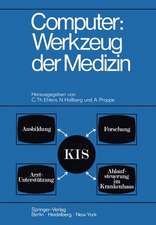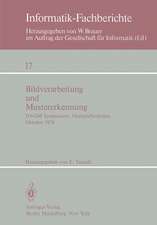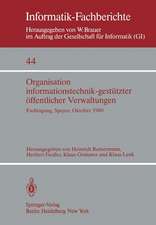Automatic Differentiation of Algorithms: From Simulation to Optimization
Editat de George Corliss, Christele Faure, Andreas Griewank, Laurent Hascoet, Uwe Naumannen Limba Engleză Paperback – 27 ian 2014
Automatic Differentiation of Algorithms provides a comprehensive and authoritative survey of all recent developments, new techniques, and tools for AD use. The book covers all aspects of the subject: mathematics, scientific programming (i.e., use of adjoints in optimization) and implementation (i.e., memory management problems). A strong theme of the book is the relationships between AD tools and other software tools, such as compilers and parallelizers. A rich variety of significant applications are presented as well, including optimum-shape design problems, for which AD offers more efficient tools and techniques.
| Toate formatele și edițiile | Preț | Express |
|---|---|---|
| Paperback (1) | 340.64 lei 6-8 săpt. | |
| Springer – 27 ian 2014 | 340.64 lei 6-8 săpt. | |
| Hardback (1) | 344.42 lei 6-8 săpt. | |
| Springer – 8 ian 2002 | 344.42 lei 6-8 săpt. |
Preț: 340.64 lei
Preț vechi: 425.81 lei
-20% Nou
Puncte Express: 511
Preț estimativ în valută:
65.18€ • 68.05$ • 53.95£
65.18€ • 68.05$ • 53.95£
Carte tipărită la comandă
Livrare economică 05-19 aprilie
Preluare comenzi: 021 569.72.76
Specificații
ISBN-13: 9781461265436
ISBN-10: 1461265436
Pagini: 464
Ilustrații: XXVII, 432 p. 84 illus.
Dimensiuni: 155 x 235 x 27 mm
Greutate: 0.64 kg
Ediția:Softcover reprint of the original 1st ed. 2002
Editura: Springer
Colecția Springer
Locul publicării:New York, NY, United States
ISBN-10: 1461265436
Pagini: 464
Ilustrații: XXVII, 432 p. 84 illus.
Dimensiuni: 155 x 235 x 27 mm
Greutate: 0.64 kg
Ediția:Softcover reprint of the original 1st ed. 2002
Editura: Springer
Colecția Springer
Locul publicării:New York, NY, United States
Public țintă
Professional/practitionerCuprins
Part titles: Invited Contributions.- Parameter Identification and Least Squares.- Applications in Ode's and Optimal Control.- Applications in PDE's.- Applications in Science and Engineering.- Maintaining and Enhancing Parallelism.- Exploiting Structure and Sparsity.- Space-Time Tradeoffs in the Reverse Mode.- Use of Second and Higher Derivatives.- Error Estimates and Inclusions.
